The water cupping method involves filling the cup with 1/3 to 1/2 warm water. A piece of paper or an alcohol-soaked cotton ball is ignited near the opening of the cup and quickly placed inside when the flame is strong. The cup is then swiftly applied to the desired area. If the desired area is not on the side and the operator is not very skilled, the patient's position should be adjusted to the side before cupping to prevent leakage of water during the process. After cupping, the patient should be returned to a comfortable position to prevent muscle strain from removing the cup. The cup should be positioned with the bottom facing up so that the warm water can fully soak the skin surface and provide its warming and stimulating effect. The use of warm water enhances the local stimulation by the cupping while also providing a warm steam effect. Insufficient warm water results in shorter warm stimulation time and weaker effects. Small suction cups are suitable for narrow areas such as the head, face, and hands, but they have weaker suction power. When combined with warm water, the stimulation is significantly increased, leading to more obvious local therapeutic effects and shorter treatment time. Warm water cups are suitable for conditions characterized by local coldness, deficiency cold, and cold-dampness. The temperature of the water further promotes the smooth flow of meridians. Additionally, for the elderly and those with dry or wrinkled skin, the use of warm water cups can moisturize and soften the skin, preventing or reducing local pain.
- Home /
- Cupping /
- Cupping Basics /
- Contents
Everyone Is Watching
-
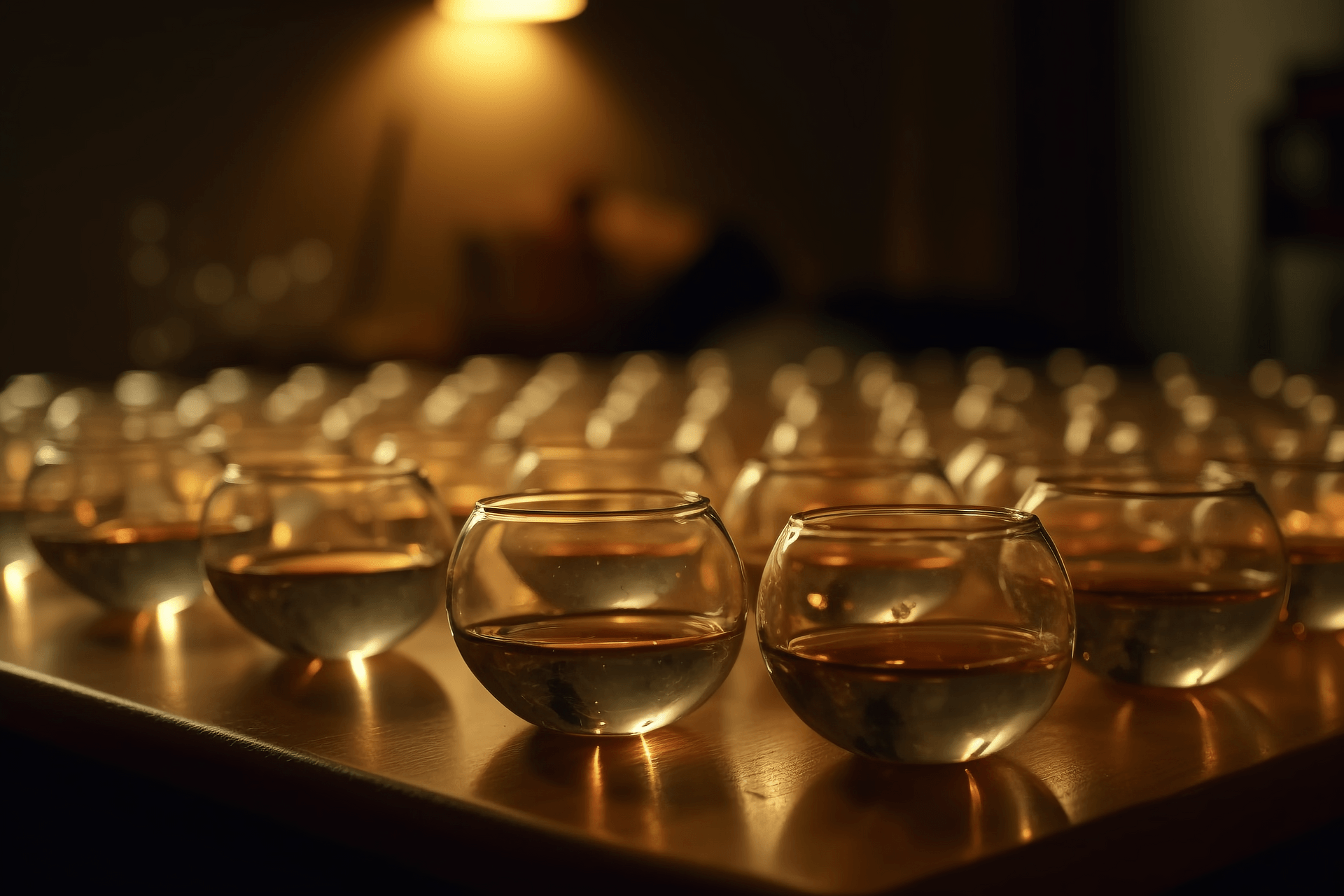 Cupping Therapy: Correct Methods and Precautions for Effective Relief
Cupping Therapy: Correct Methods and Precautions for Effective ReliefCupping therapy can relieve muscle pain, alleviate fatigue, and is widely accepted by many people. However, when doing cupping at home, it is important to follow the correct method. Otherwise, it may
December 30, 2023 -
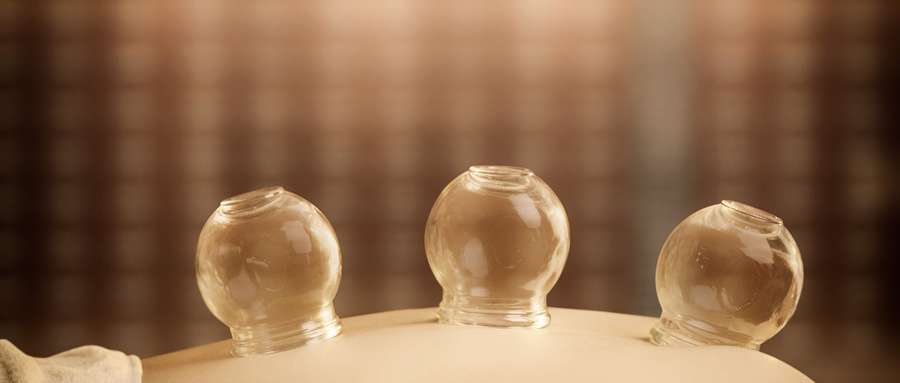 Choosing the Right Cupping Method: A Guide to Different Types of Cups
Choosing the Right Cupping Method: A Guide to Different Types of CupsHorn-made cupsMade from cow horns or sheep horns. Use a saw to cut off the pointed top of the horn, leaving 1-2cm of solid part at the bottom as the cup base. Saw the mouth end to make it flat and sm
December 17, 2023 -
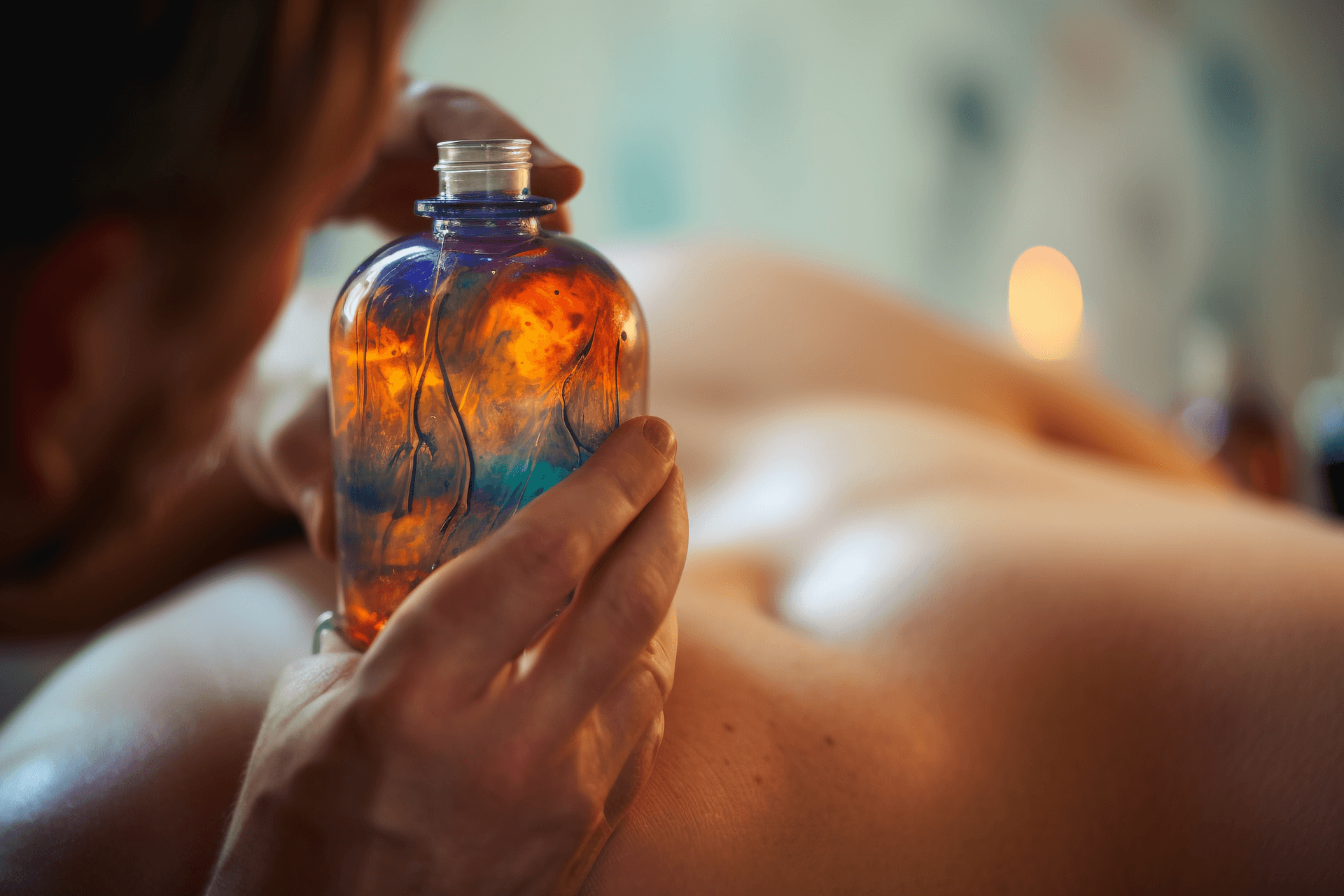 Operational Procedures and Precautions for Cupping Therapy
Operational Procedures and Precautions for Cupping Therapy   (I) Operating Procedures1. Preoperative PreparationThoroughly examine and inquire about the patient to determine if they are suitable candidates for cupping therapy and if there are any
December 10, 2023 -
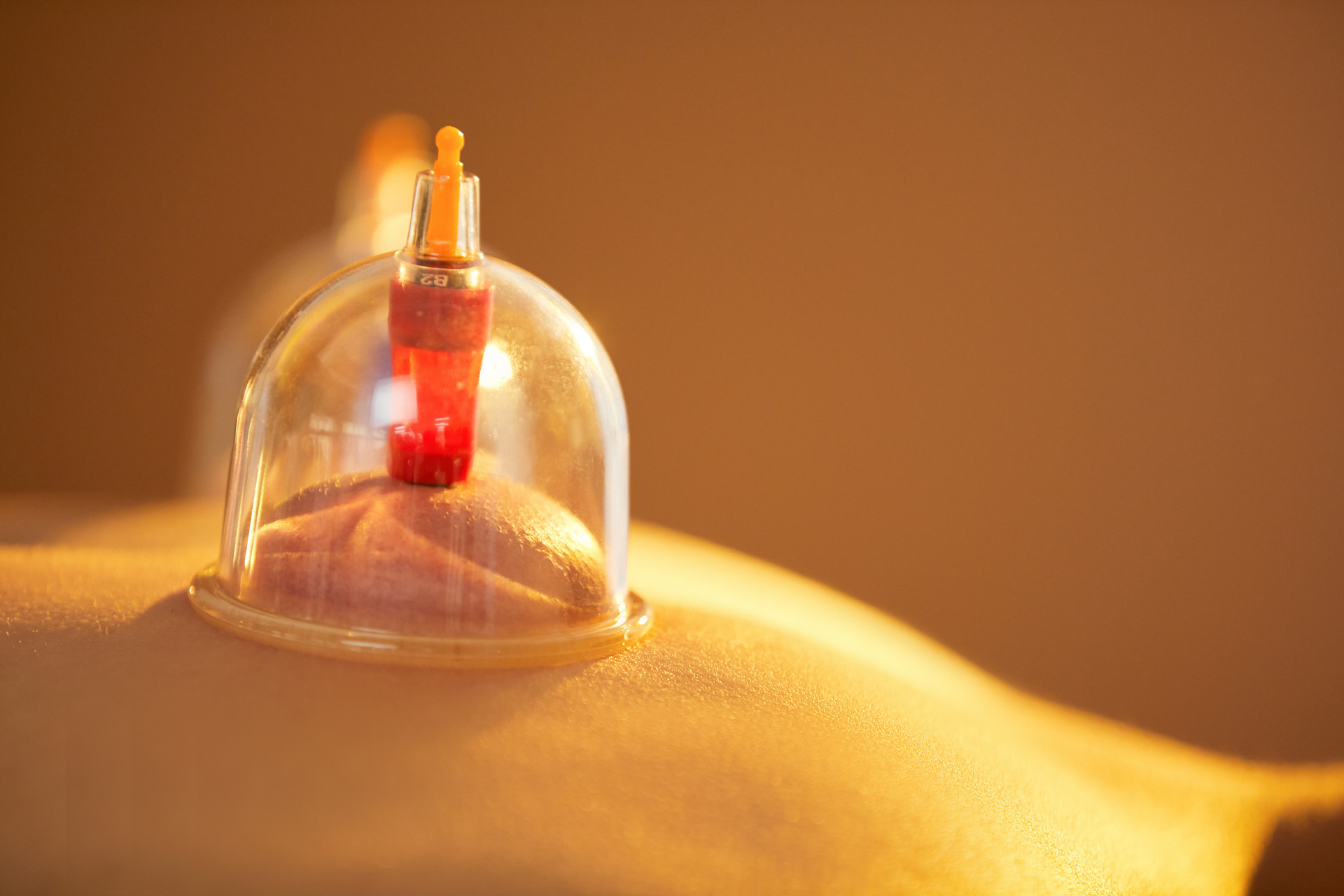 Proper Techniques and Precautions for Effective Cupping Therapy
Proper Techniques and Precautions for Effective Cupping Therapy(1) When using alcohol for fire cupping, only lightly dip the cotton ball in alcohol. Avoid using too much alcohol, as it may result in excessive suction and affect the therapeutic effect or cause bur
December 10, 2023 -
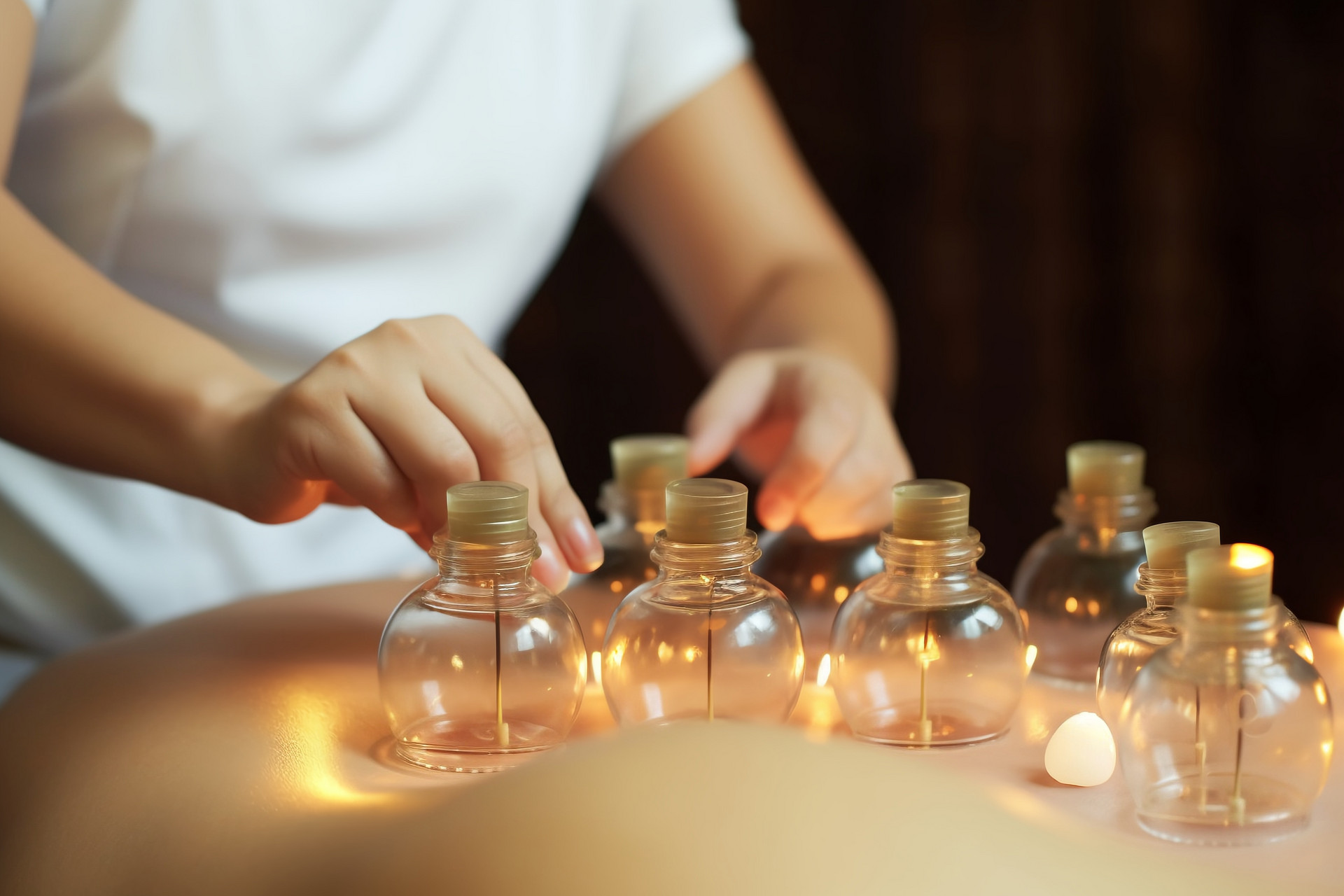 The Therapeutic Principles of Cupping Therapy: Mechanical, Thermal, and Regulatory Effects
The Therapeutic Principles of Cupping Therapy: Mechanical, Thermal, and Regulatory EffectsThrough extensive clinical observations and the use of modern scientific technology, both domestic and international scholars have conducted in-depth studies on the treatment principles of cupping the
November 29, 2023

Hot Picks
-
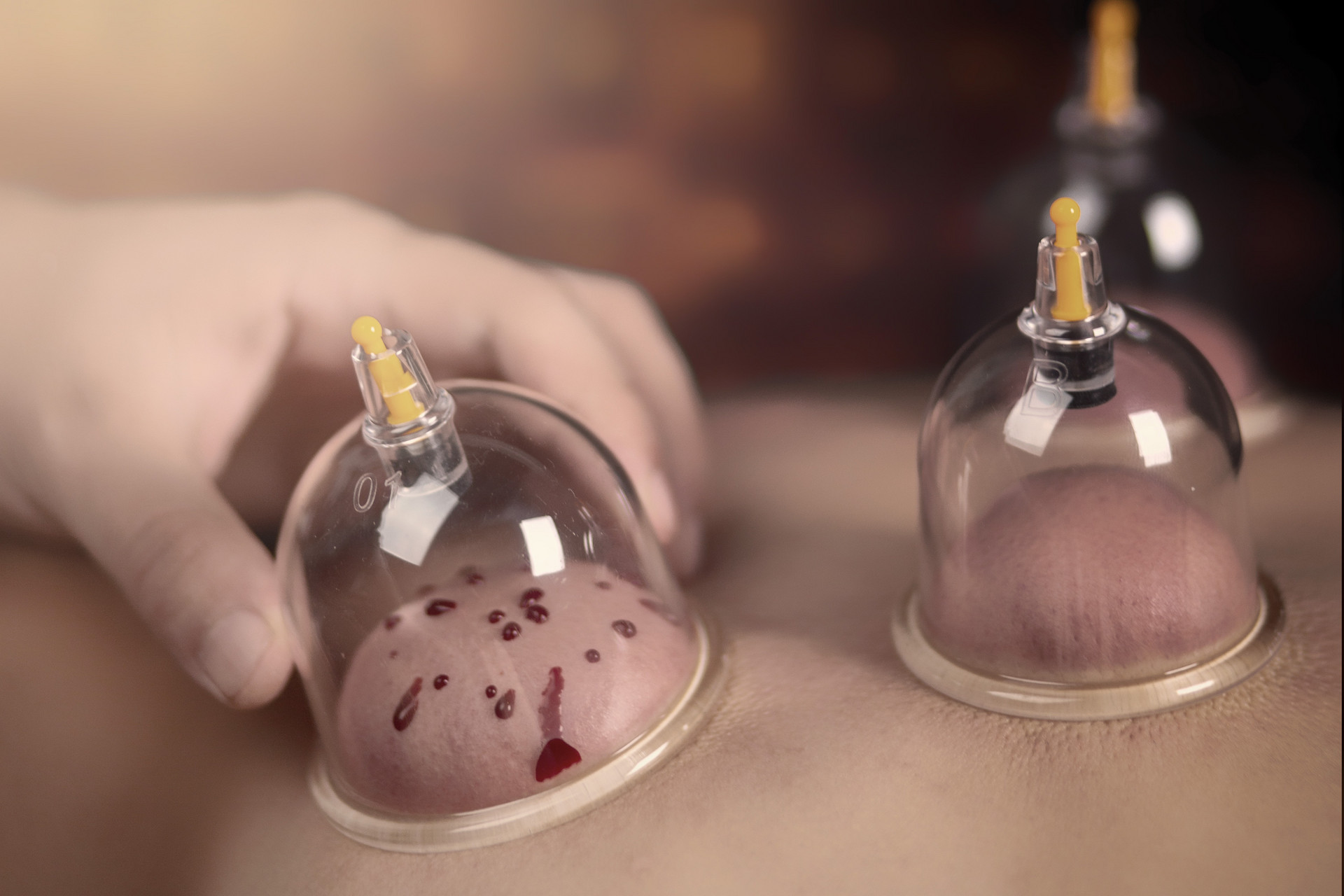 1Types of Cups: From Ancient Animal Horn to Modern Electric Cupping Therapy Devices
1Types of Cups: From Ancient Animal Horn to Modern Electric Cupping Therapy DevicesThere are various types of cups, starting from the ancient animal horn cups, gradually developing into bamboo tubes, ceramic cups, metal cups, glass cups, plastic cups, rubber cups, and even modern de
December 5, 2023 -
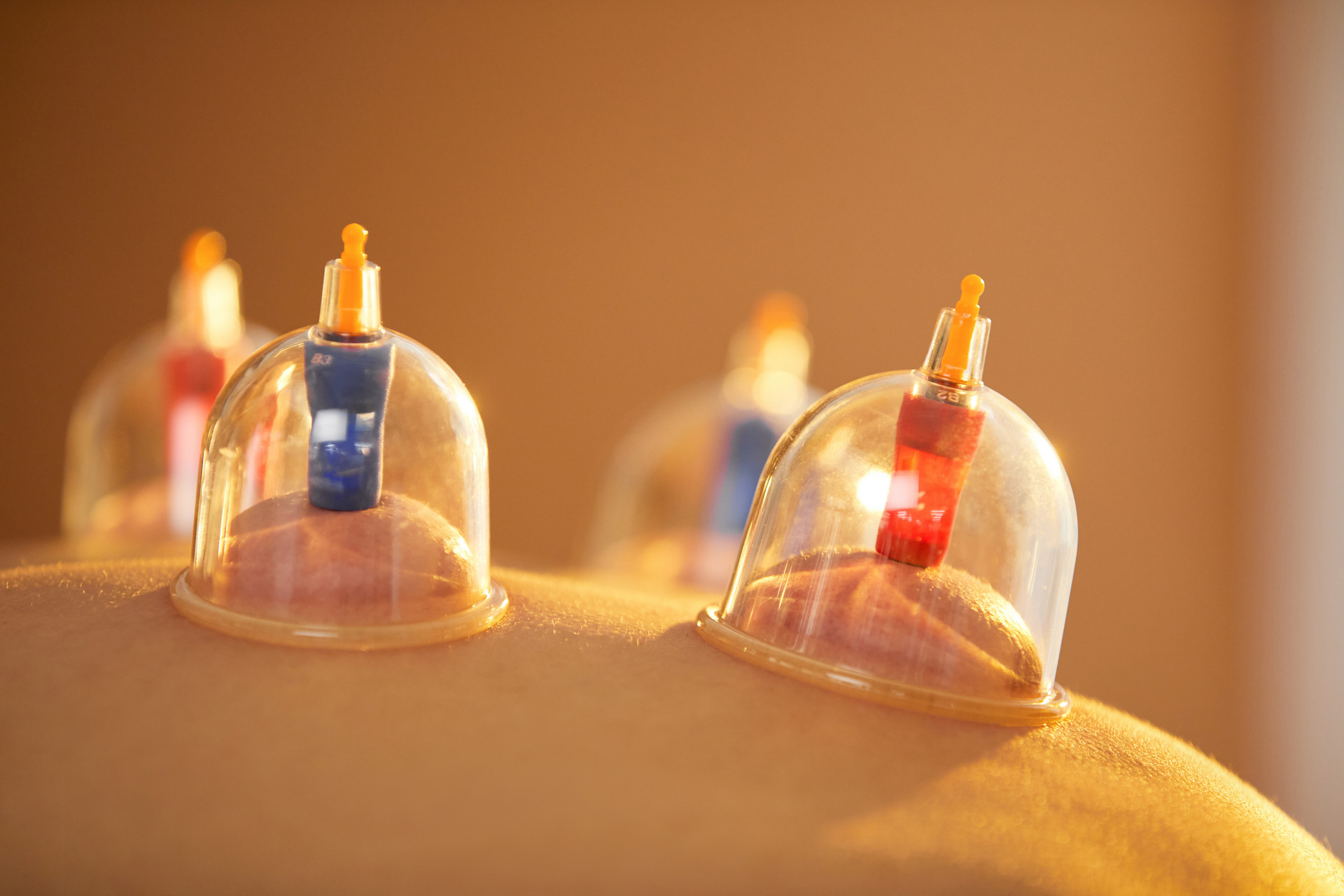 2The Versatility of Ceramic Jars: From Traditional Fire Cupping Therapy to Modern Innovations
2The Versatility of Ceramic Jars: From Traditional Fire Cupping Therapy to Modern InnovationsCeramic jars are made from clay or porcelain clay and are generally divided into three types: large, medium, and small. The ends of the jar are smaller, and the middle protrudes outward, resembling a
December 5, 2023

